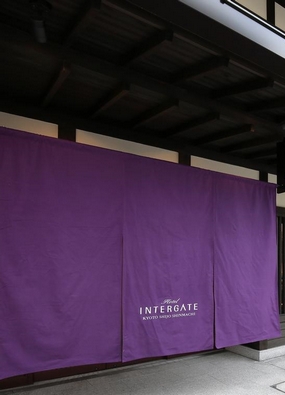Find your Next Adventure !
Gallery
Overview
Formerly the Imperial capital of Japan for more than a thousand years, Kyoto stands as a refined traditional city on the mainland, steeped in rich history and cultural heritage, enchanting visitors with its timeless beauty and pure elegance.
Explore thousands of classical Buddhist temples and Shinto shrines, including iconic landmarks like the majestic Kinkaku-ji (Golden Pavilion) and the enchanting Fushimi Inari Taisha with its famous torii gates. Kyoto's lush gardens, imperial palace, and traditional wooden houses evoke a sense of timeless beauty and tranquility.
Beyond its architectural marvels, Kyoto is renowned for its formal traditions including the exquisite kaiseki dining experience; a culinary journey consisting of multiple courses of sophisticated dishes meticulously prepared to tantilise the palate. Visitors can also immerse themselves in the enchanting world of geisha, that is often found in the historic Gion district, where traditional teahouses and lantern-lit alleyways transport you back in time.
For a truly authentic Japanese experience, Kyoto offers numerous ryokans; traditional Japanese accommodations - where guests can enjoy exquisite hospitality and immense themselves in the refined art of Japanese service in serene surroundings.
Kyoto is celebrated for its traditional crafts, such as Kyo-yuzen and Nishijin-ori textiles, renowned for their use of distinctive and vivid colours seen nowhere else in the world.
With its rich cultural heritage, breathtaking landscapes, and unparalleled culinary delights, Kyoto promises an unforgettable holiday experience. Explore the essence of Japan's cultural heartland and create lasting memories in the captivating city of Kyoto.
Featured Accommodations
Adventures & Attractions
Our recommended resort highlights.
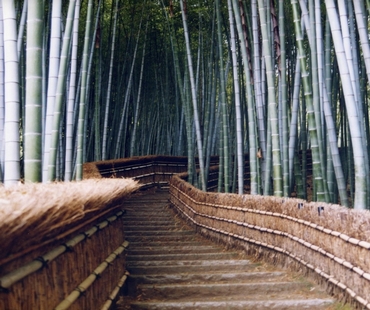
Arashiyama
Arashiyama Bamboo Forest in Kyoto is a serene, iconic grove of towering bamboo, offering a peaceful walk through nature and a must see for visitors.
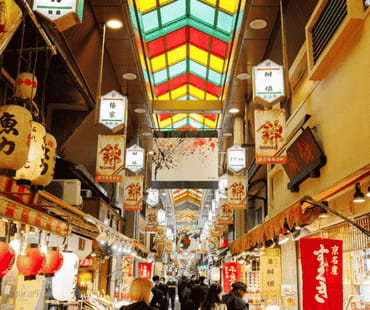
Nishiki Market
Nishiki Market in Kyoto known as Kyoto's Kitchen is a bustling, historic market offering a wide array of local foods, fresh produce and unique culinary
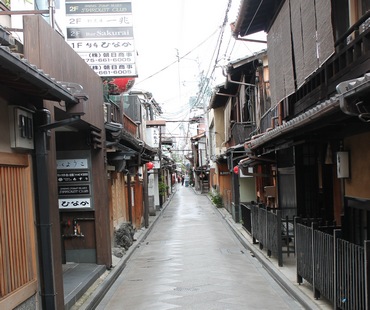
Pontocho
Pontocho in Kyoto is a historic alley known for its traditional architecture, intimate restaurants and vibrant nightlife set along Kamogawa River.
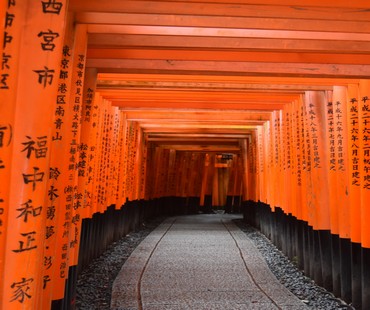
Fushimi Inari Taisha
Fushimi Inari Taisha in Kyoto is famed for its thousands of red torii gates, leading through scenic trails to the shrine, dedicated to Shinto Gods.
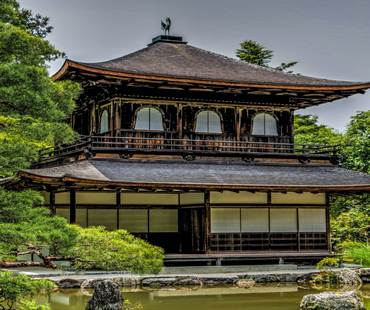
Ginkaku-ji
Ginkaku-ji, the Silver Pavilion in Kyoto is a zen temple known for its serene gardens, reflective pond and sand sculptures offering a peaceful retreat.
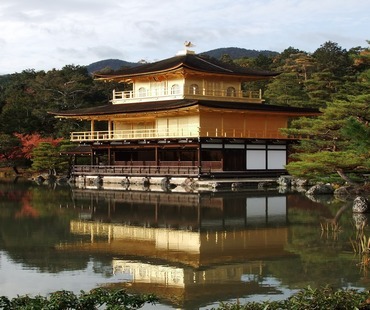
Kinkaku-ji
Kinkaku-ji, the Golden Pavilion is a stunning zen temple covered in gold leaf, set beside a tranquil pond, renowned for its beauty and serenity.
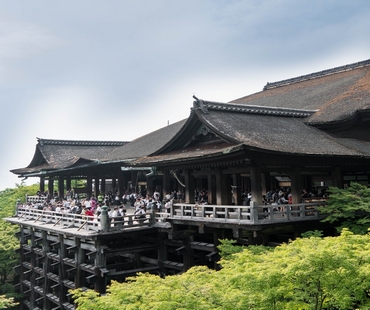
Kiyomizu-dera
Kiyomizu-dera in Kyoto is a famous temple known for its wooden stage with panoramic city views, beautiful seasonal scenery and sacred Otowa Waterfall.
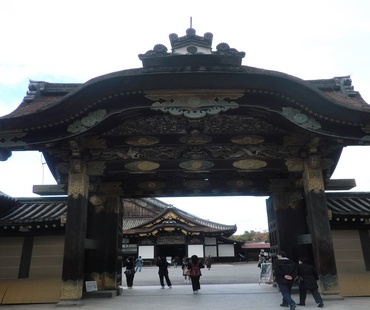
Nijo Castle
Nijō Castle in Kyoto is a UNESCO site known for its beautiful gardens, ornate interiors and nightingale floors designed to chirp as a security feature.
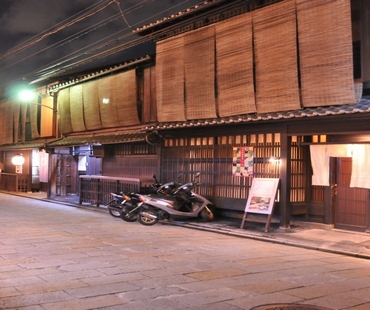
Gion
Gion is a historic district known for its preserved traditional wooden machiya houses, geisha culture and charming tea houses along its narrow streets.
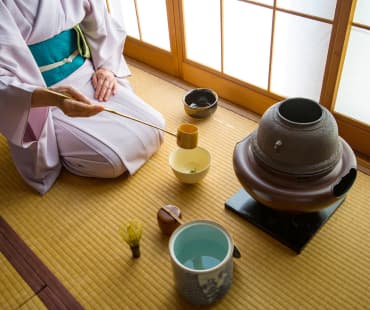
Tea Ceremony Experience
Discover the art of Japanese tea ceremonies in Kyoto and Tokyo where tradition meets tranquility in a beautiful cultural experience.
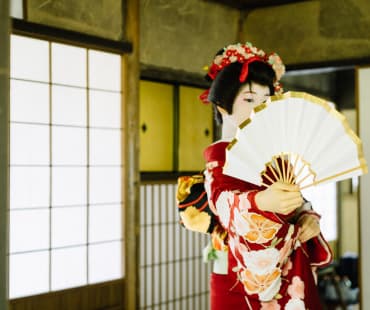
Geisha Performances
Immerse yourself in the elegance of Geisha performances in Kyoto and Tokyo where artistry and tradition come alive in stunning displays.
- How to Reach Kyoto
- Resorts & City Guide
By Air
Kyoto is accessible via two main airports: Kansai International Airport, which takes about 90 minutes by train, and Itami (Osaka) Airport, just 50 minutes by limousine bus. You can also fly into Haneda or Narita Airports and connect to Itami Airport.
By Train
The JR Tokaido Shinkansen offers the easiest access from Tokyo to Kyoto, with Hikari trains taking about 2 hours and 40 minutes. The Japan Rail Pass is valid for Hikari and Kodama trains. From Osaka, a bullet train takes just 15 minutes, while the JR or Hankyu lines take 30-50 minutes.
By Car
Driving from Tokyo to Kyoto takes approximately 6 hours. Be prepared for toll fees along the expressways. Driving from Osaka to Kyoto takes roughly 50 mins depending on traffic.
By Bus
Highway buses provide a cost-effective option, taking about 7-8 hours from Tokyo to Kyoto. Daytime and overnight buses are available, departing from Tokyo Station and arriving at Kyoto Station.
By Private Transfer
While private transfers from Tokyo to Kyoto are available, taking the Shinkansen or a flight is generally recommended for convenience.


